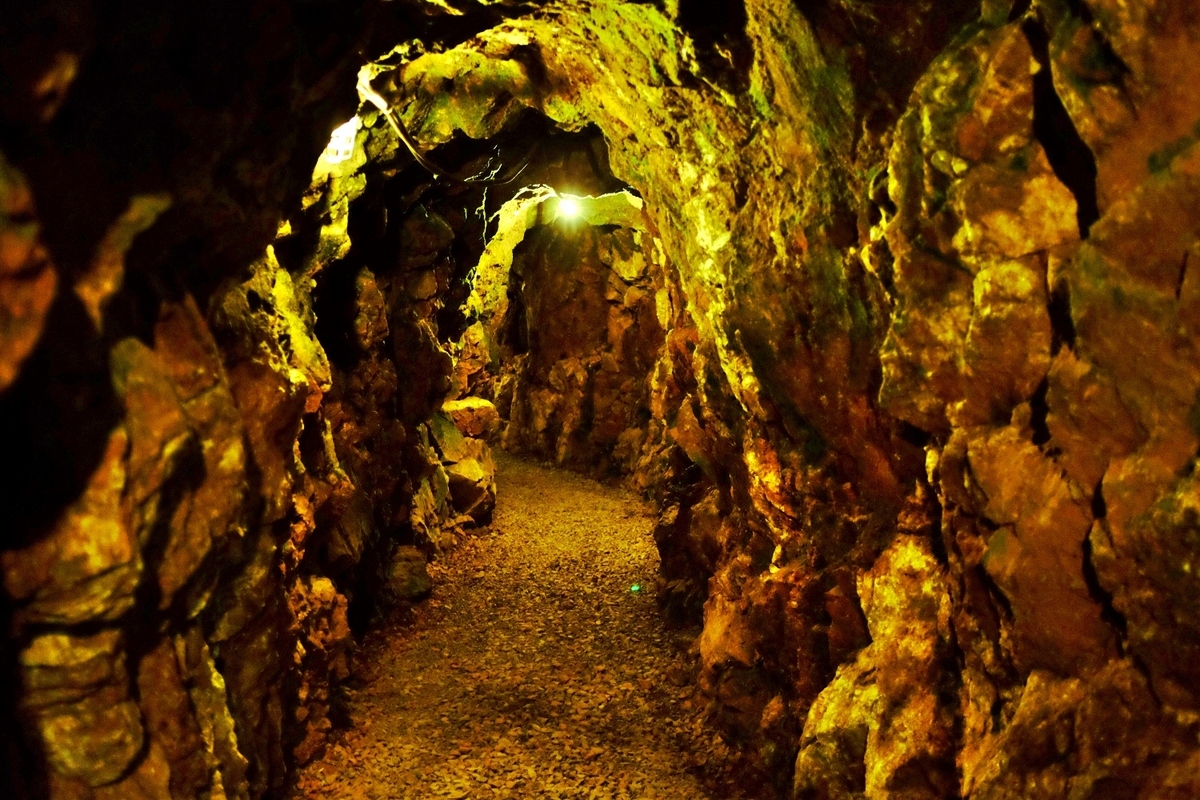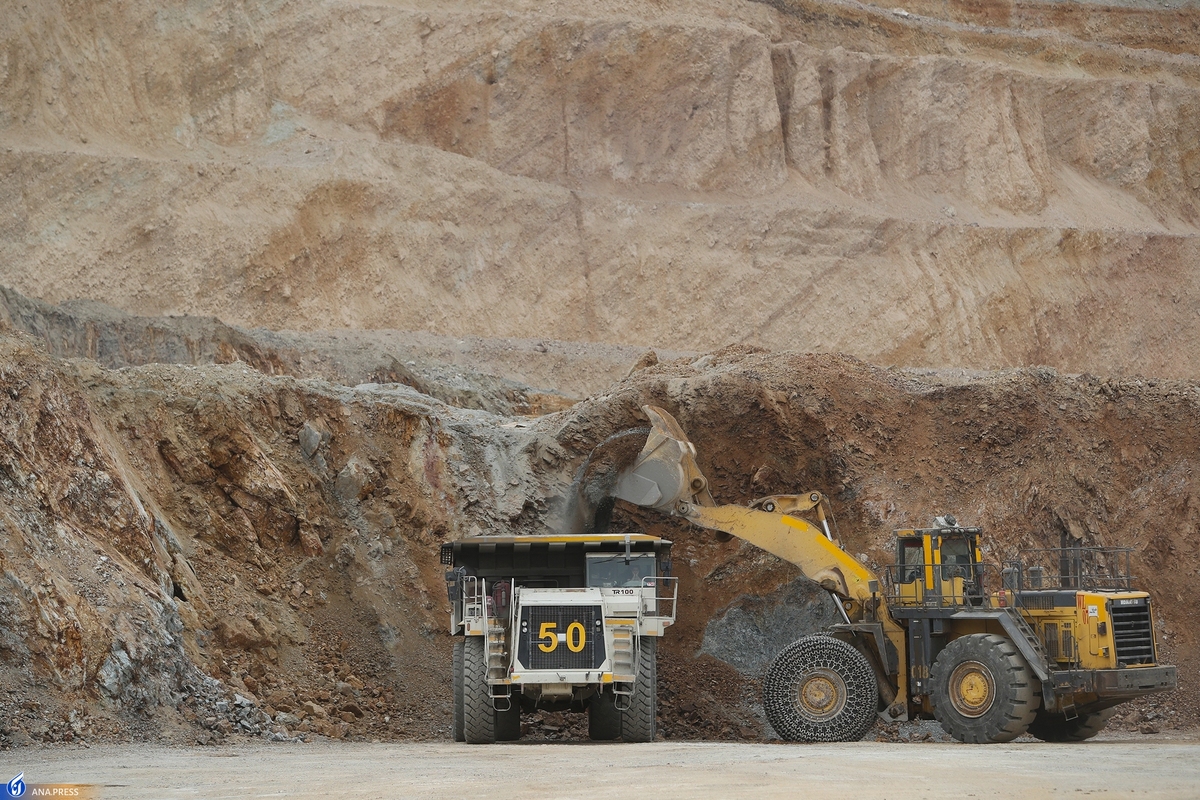Zimbabwe Targets 40 Tons of Gold in 2023

Last year's output was a record high, spurred by new mining projects, timely payments, and incentives to miners. Out of the 35.38 tons produced last year, small-scale and artisanal miners contributed 65.5 percent, Zimbabwe Miners Federation (ZMF) Chief Executive Officer Wellington Takavarasha said.
Takavarasha told Xinhua that as small-scale miners, they were cautiously optimistic about this year's prospects due to a number of operational challenges.
The ZMF is the country's largest body representing artisanal and small-scale miners. Although they have traditionally accounted for more than half the country's gold output in recent years, they face challenges including a lack of regularization to enhance operational security.
"There are some issues that need to be addressed, and formalization is key. There is a Statutory Instrument that formalizes the operations of artisanal miners, but it is not yet being implemented. As soon as that Statutory Instrument is implemented, even the 40 tons can be surpassed," Takavarasha said.
He said over the past two years, their association has been engaging in educational and awareness campaigns on the need for safe mining practices by artisanal and small-scale miners. This has resulted in improved production by the miners even during the rainy season, as they now practice safe mining methods.
In the past, scores of artisanal miners have died after being trapped in collapsed or flooded mine shafts, often at disused or abandoned gold mines.
Takavarasha commended some large-scale mining companies for helping artisanal and small-scale miners, to whom they have been allocating small claims to work properly and safely.
Gold is one of Zimbabwe's major foreign currency earners, alongside tobacco leaf and platinum.
4155/v
























